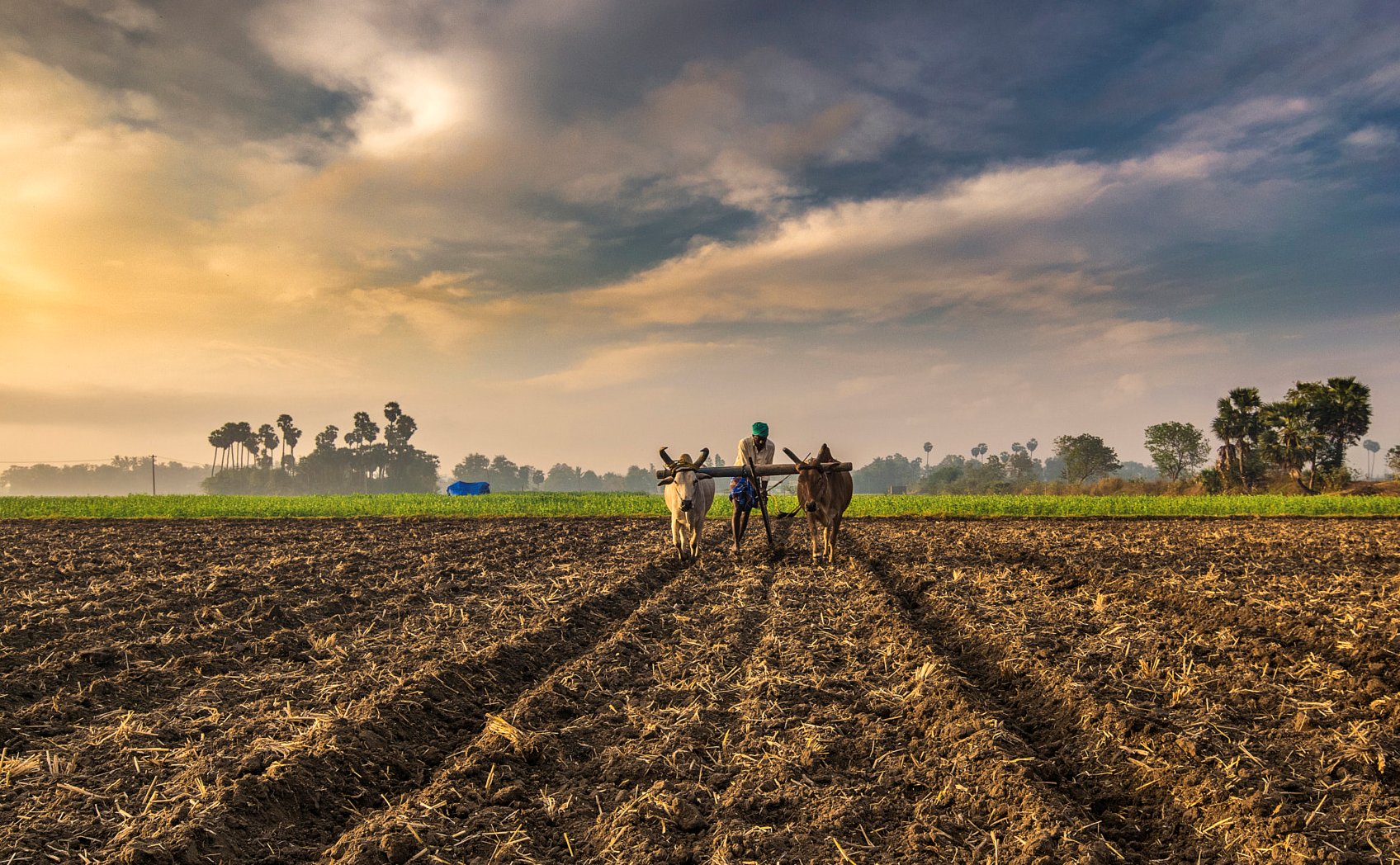- The role of the Soviet Union: The Soviet Union aided India’s development by providing capital equipment and technology.
- Contribution of the United States: The US, together with the Rockefeller and Ford Foundations, contributed to India’s agricultural development.
The Soviet Union’s Contribution to Industrialization
- Collaborations with the Soviet bloc resulted in the creation of significant industrial enterprises and institutions in India.
- Examples include the Bhilai and Bokaro steel plants, the Barauni and Koyali refineries, Bharat Heavy Electricals, Heavy Engineering Corporation, Mining & Allied Machinery Corporation, Neyveli Thermal Power Station, Indian Drugs & Pharmaceuticals, and Ankleshwar oil prospecting and drilling.

US’s Contribution to Agricultural Development
- Lesser-known involvement: During the 1950s and 1960s, the United States, along with the Rockefeller and Ford Foundations, played a critical role in India’s agricultural development.
- The United States provided assistance in areas such as agricultural education, research, extension services, and technology transfer.
Model of Land Grant in the United States
- Major H.S. Sandhu and Chief Secretary A.N. Jha visited land-grant universities in the United States for inspiration in 1950.
- Proposal for integrated agricultural institutions: The visit sparked the idea for India to develop integrated agricultural universities.
- Establishment of the UP Agricultural University: On November 17, 1960, Prime Minister Jawaharlal Nehru inaugurated the UP Agricultural University in the Tarai area of Uttar Pradesh.
Agricultural University Expansion
- ICAR blueprint publication: The Indian Council of Agricultural Research (ICAR) issued a blueprint titled “Blueprint for a Rural University in India” in the late 1950s.
- Financial assistance: Beginning in the late 1950s, the United States provided support for the creation of agricultural institutions in India through USAID.
- Collaboration with US land-grant institutions: In the late 1950s and early 1960s, agricultural universities in India were linked with US land-grant institutions for expertise and curriculum design.
M.S. Swaminathan’s Green Revolution
- Traditional variants have the following characteristics: When the ear-heads were heavy with well-filled grains, traditional wheat and rice varieties were tall and prone to lodging.
- Semi-dwarf types are being introduced: In the 1960s, semi-dwarf cultivars with sturdy stems that tolerated heavy fertiliser applications were produced.
- Norin-10 gene evolution and distribution: In the 1960s, the Norin-10 dwarfing genes were important in the production of high-yielding wheat types.
Seeds are being introduced into India
- Correspondence with Vogel and Borlaug: In the late 1950s, M.S. Swaminathan contacted Orville Vogel and Norman Borlaug.
- Arrival of Mexican wheat varieties: Borlaug’s Mexican wheat varieties were first planted in trial fields in the early 1960s and were later adopted on a big basis in India.
- Transition to self-sufficiency: In the mid-1960s, India moved from being a wheat importer to becoming self-sufficient in wheat production.
Reasons for Seeking US Assistance
- Cold War geopolitics and competition: Cold War geopolitics and superpower competition drove agricultural development assistance.
- Advantages of India’s non-aligned status: India’s non-aligned status enabled it to receive help from both superpowers, which aided agricultural development.
Green Revolution’s Socioeconomic Benefits:
- Increased grain yields and productivity: Beginning in the mid-1960s, the Green Revolution dramatically increased grain yields, assuring a stable food supply.
- Food security and self-sufficiency: In the 1960s and 1970s, adoption of high-yielding cultivars increased food security and reduced reliance on imports.
- Economic growth and poverty reduction: During the 1960s and 1970s, the Green Revolution led to rural economic growth and poverty reduction.
Source: https://indianexpress.com/article/explained/the-lessons-of-indo-us-cooperation-in-agriculture-8657682/
